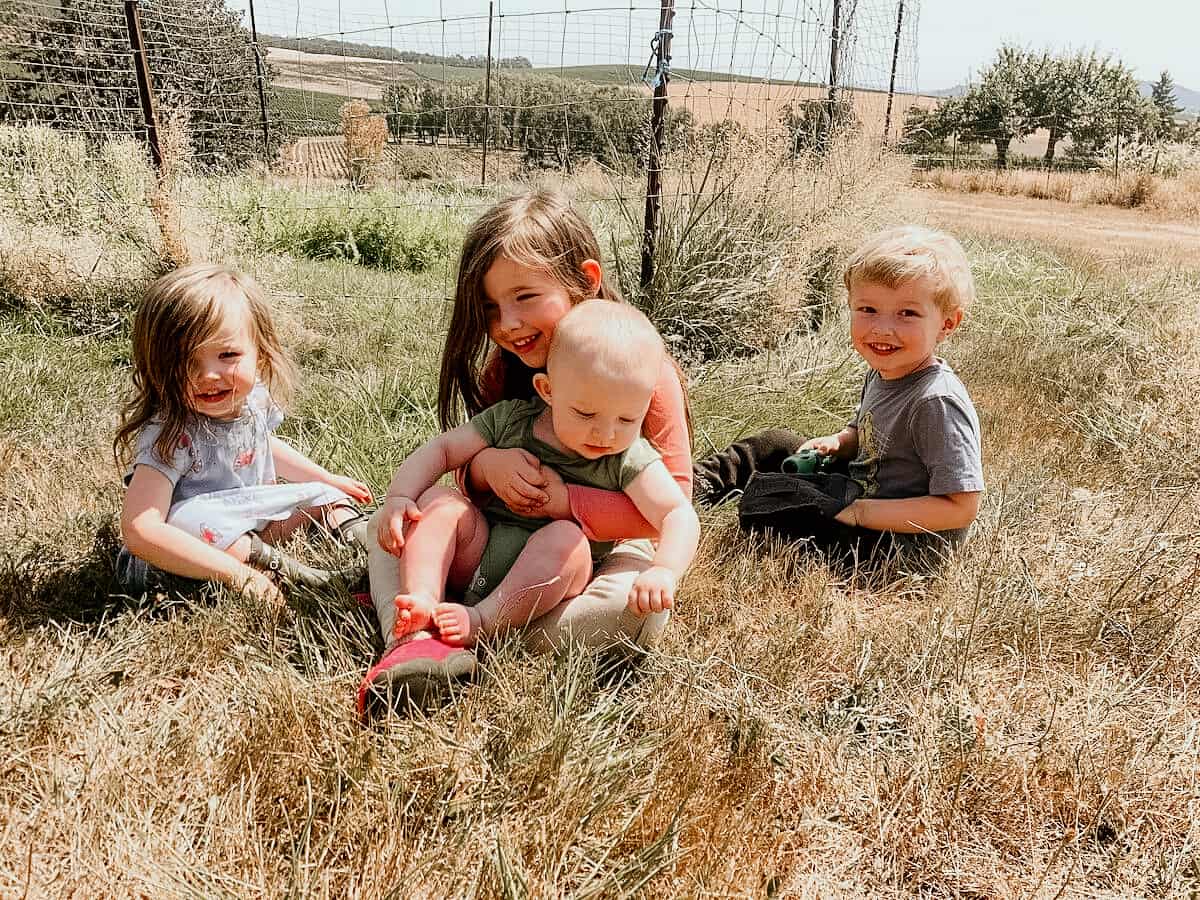
"A child wants some kind of undisrupted routine or rhythm. He seems to want a predictable, orderly world."
- Abraham Maslow
Welcome Back to School
So, it's that time of year again. Maybe you've picked out your curriculum and you've done a bit of planning. You're working on some Montessori Shelves for your homeschool materials and you're wondering what to do next. If you haven't gotten that far yet, no worries! Homeschooling is a journey, not a sprint to the finish line.
Disclosure of Material Connection: Some of the links in the post are “affiliate links.” This means if you click on the link and purchase the item, I will receive an affiliate commission. Amazon links are not affiliate links. You can read my full affiliate disclosure.
How Do We Establish a Healthy Montessori Homeschool Daily Rhythm?
We start with Practical Life and The Prepared Environment. We are also mindful of the season and the rhythm of our family life.
Evaluating our spaces and honing our Practical Life routines in areas such as the bathroom and kitchen to ensure that we develop a healthy homeschool rhythm to carry us through the year. Having patience and being consistent during the development of these skills is key.
A prepared environment should also have beautiful and quality reading material available to everyone in order to nurture a daily routine of reading together.
Whether you visit the library, shop online, or visit a local bookstore, our Montessori Minimalist Homeschool Must-Haves will help get you started building your home or homeschool library. Two other equally important collections that integrate several subjects and include picks for a variety of ages:
- Books by Indigenous Authors
- Language Books
- Bilingual Books
- Black History Books
- Dinosaurs and Other Prehistoric Animals
For all ages, but especially Elementary Kids, I would also check out Books About the Universe in preparation for the First Great Lesson. Remember, you don't need all of the books but they're great lists to build off of.
What Back-to-School Activities Should We Engage In?
Again, Practical Life skills including dressing and grooming, toilet awareness, food prep, and grace & courtesy are excellent areas to focus on.
If your little ones are excited to get started with some introductory homeschooling work, we've found that Grace and Courtesy lessons are a nice way to get into back-to-school mode.
Montessori Homeschool Daily Rhythm
We homeschool year-round and have done so for years. We've figured out a rhythm and routine that works well for our family. It may not fit your family's unique needs perfectly, but chances are it'll provide some guidance or a springboard for identifying a rhythm that works well for your little ones.
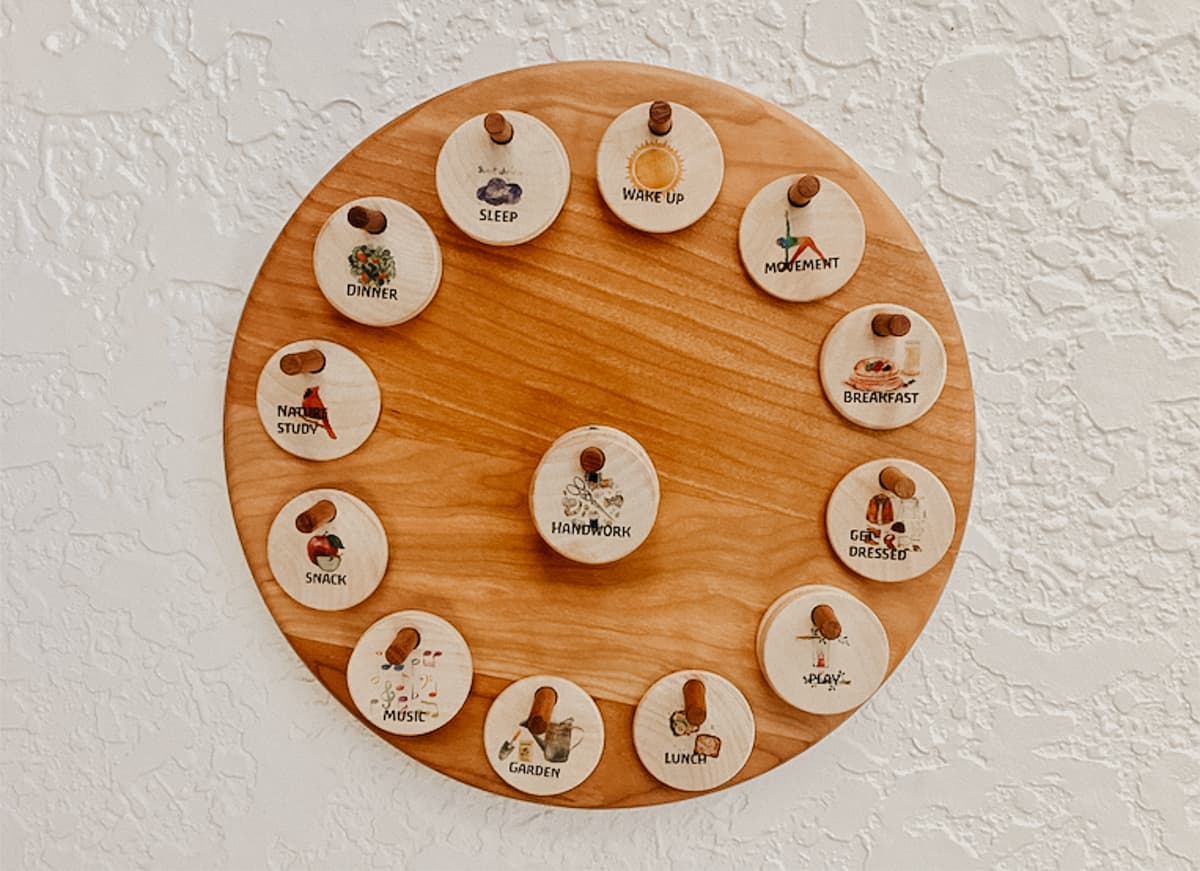
Kids' Choice
As much as possible, we let our little ones choose the flow of their day. If, for any reason, we can't fulfill their request, we provide choices using their Visual Calendar. The above-pictured routine was chosen and implemented for one of our summer homeschool days. It's important to remain flexible and responsive to their needs.
Visual Schedule
Customizations available for this heirloom-quality Mirus Toys Visual Schedule!
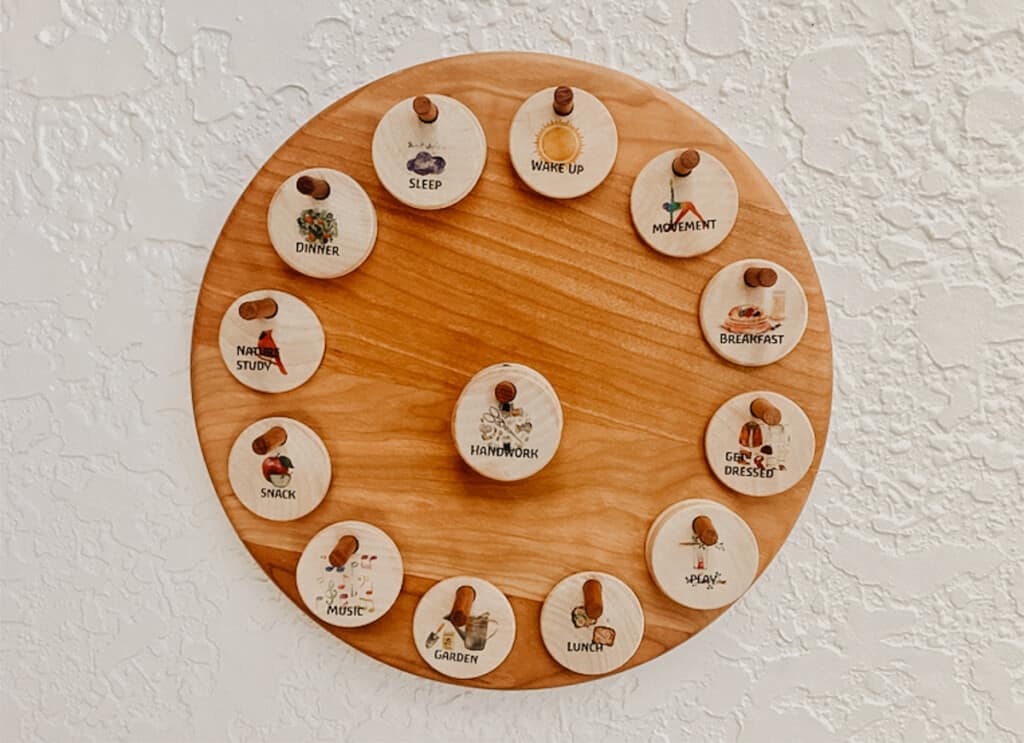
You can also DIY a visual schedule!
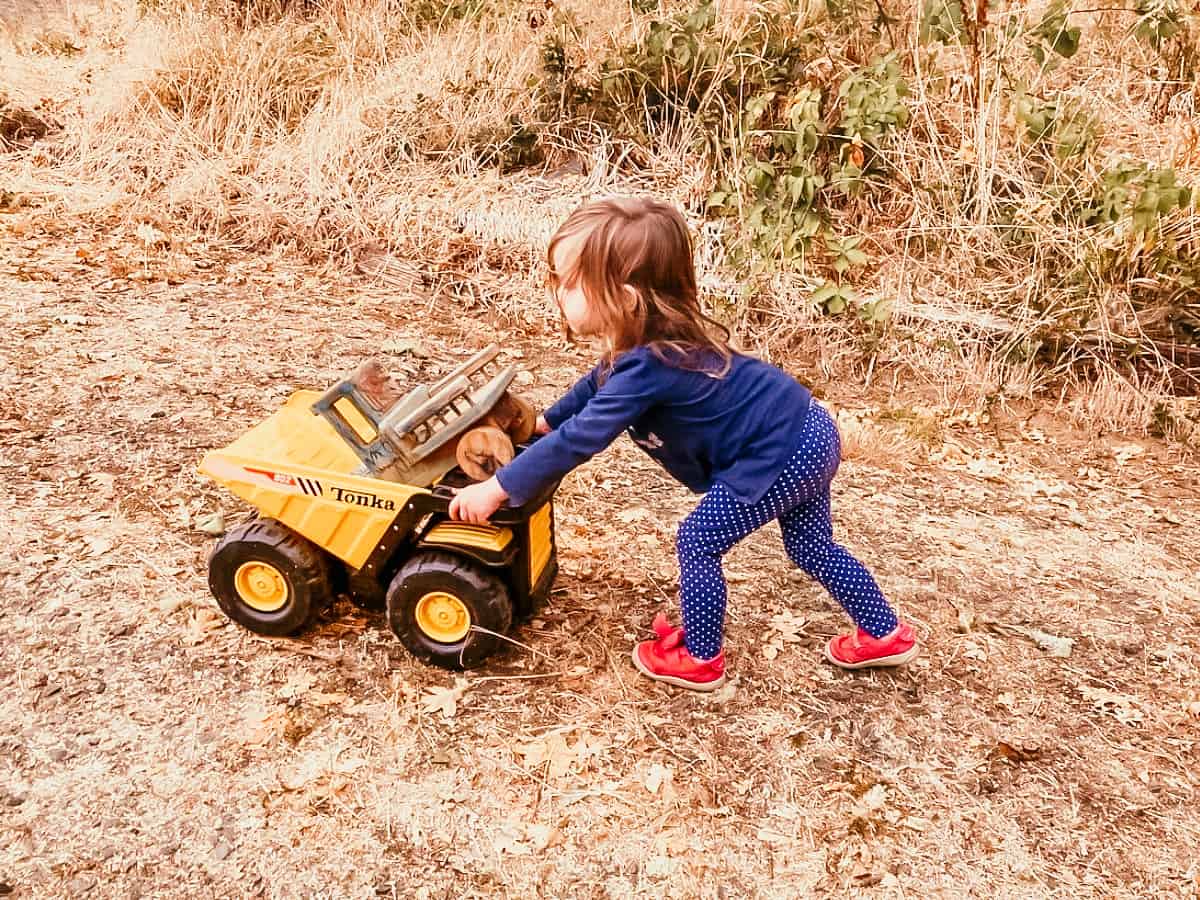
Wake Up & Get Moving
When our kids wake up, they make their way through their dressing and grooming routines first thing. Sometimes they choose to eat breakfast first, but it's always followed by getting ready to start their day. Little ones usually require the most time and maybe some redirection as needed. Not always though. Our youngest daughter is actually the quickest at her morning routine. Lots of excitement to get going.
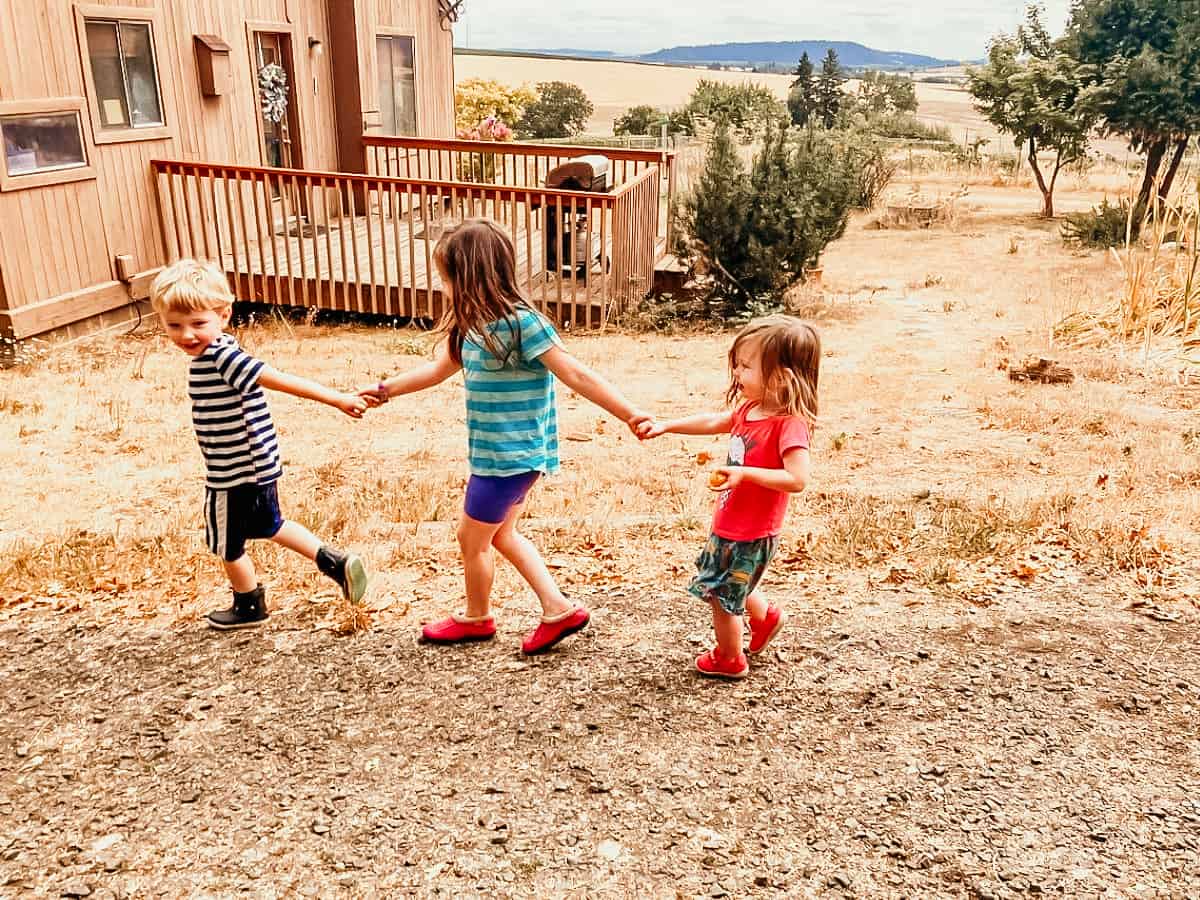
Plenty of Time in Nature
This doesn't have to be an organized lesson or activity. Unstructured play is great for encouraging creativity and problem-solving. You'll be amazed at how many opportunities there are to wonder and explore in nature.
Likewise, outdoor Practical Life activities are great opportunities to connect with nature. Wings, Worms, and Wonder is our favorite resource for incorporating gardening into our Montessori Homeschool Daily Rhythm. Lots of tips and inspiration.
Also, this kind of activity encourages the movement kids need in their daily rhythm. If going outside isn't an option, alternative opportunities for movement are encouraged. In our Montessori Summer Morning Basket post, we shared the Yoga Pretzels cards our kids enjoy using during our 'circle time'.
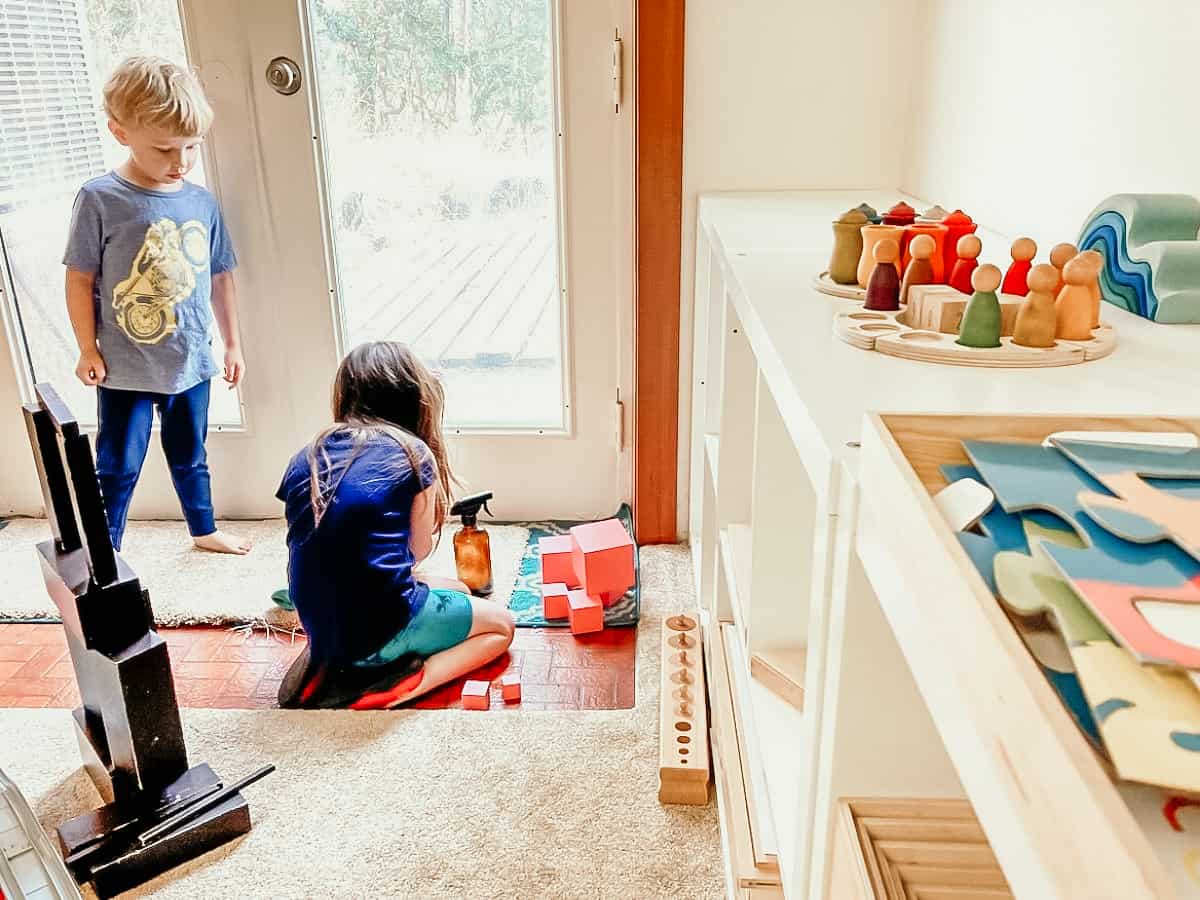
Care of our Environment as Part of Montessori Homeschool Daily Rhythm
Build care of the homeschool environment into the daily and weekly rhythm as needed. As homeschoolers, there are a lot of opportunities in your day to integrate other subjects and daily life skills. Not having a class of 20 or 30 children means you have that extra time, so take advantage of it.
Modeling is a great way to show kids that these tasks are important. Give little ones access to water, washcloths, and spray bottles so they can join in. Oftentimes, they will ask to help if you haven't already set up the environment for them to participate in a meaningful way.
If you're homeschooling an Elementary-aged child, the same still applies. They may have more independence, but continuing to nurture that path, and modeling how to assist younger children, is a really helpful tool for nurturing calm and connection during an otherwise busy time of year.
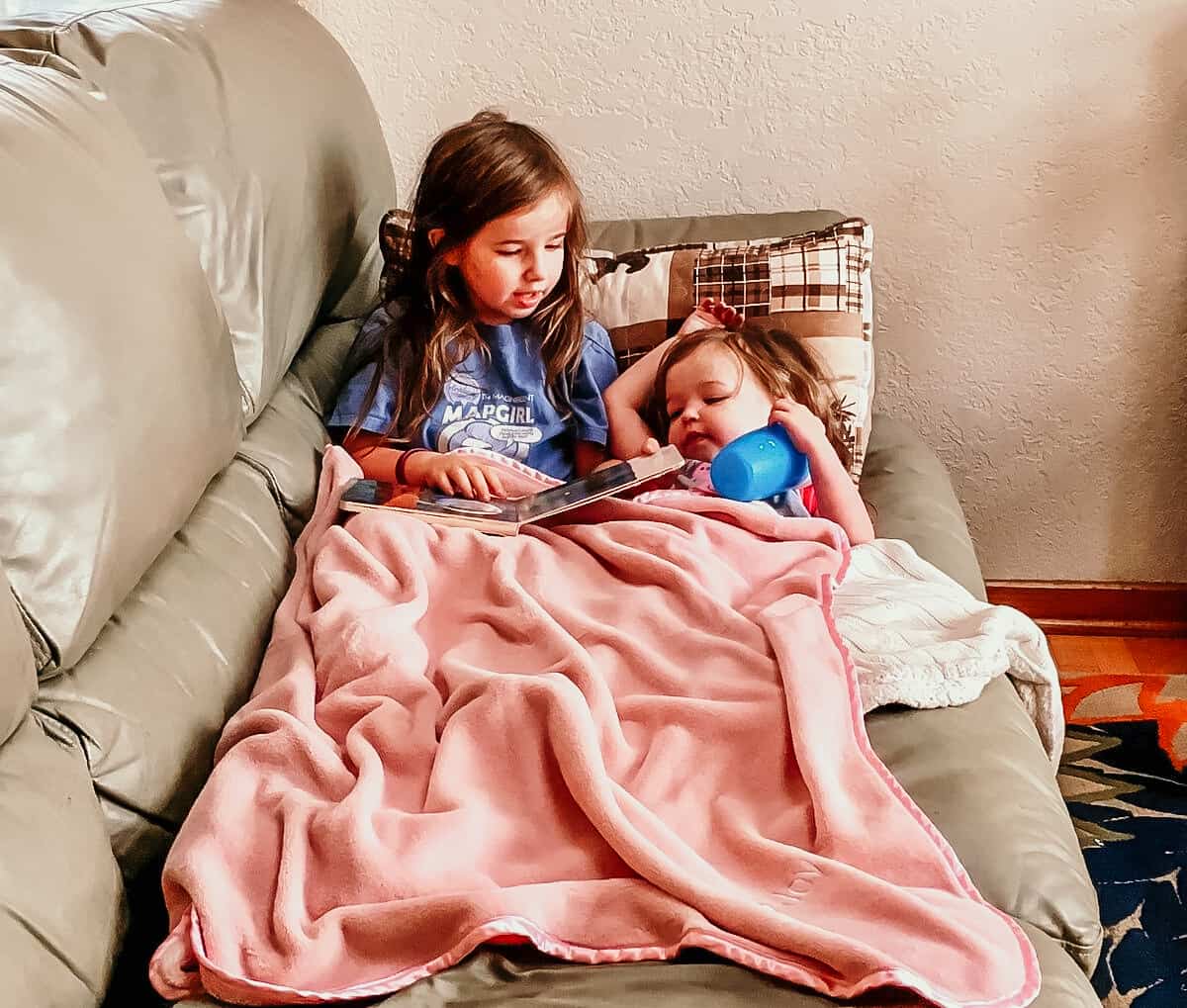
Periods of Rest
This is an important part of the day, especially for the youngest of kids. It's easy to forget that they need these periods of calm but keen observation skills will help you identify when is a good time to transition to more restful activities. In our homeschool, we encourage an environment suitable for periods of rest by providing blankets and pillows, books with a relaxing rhythm, and soothing music.
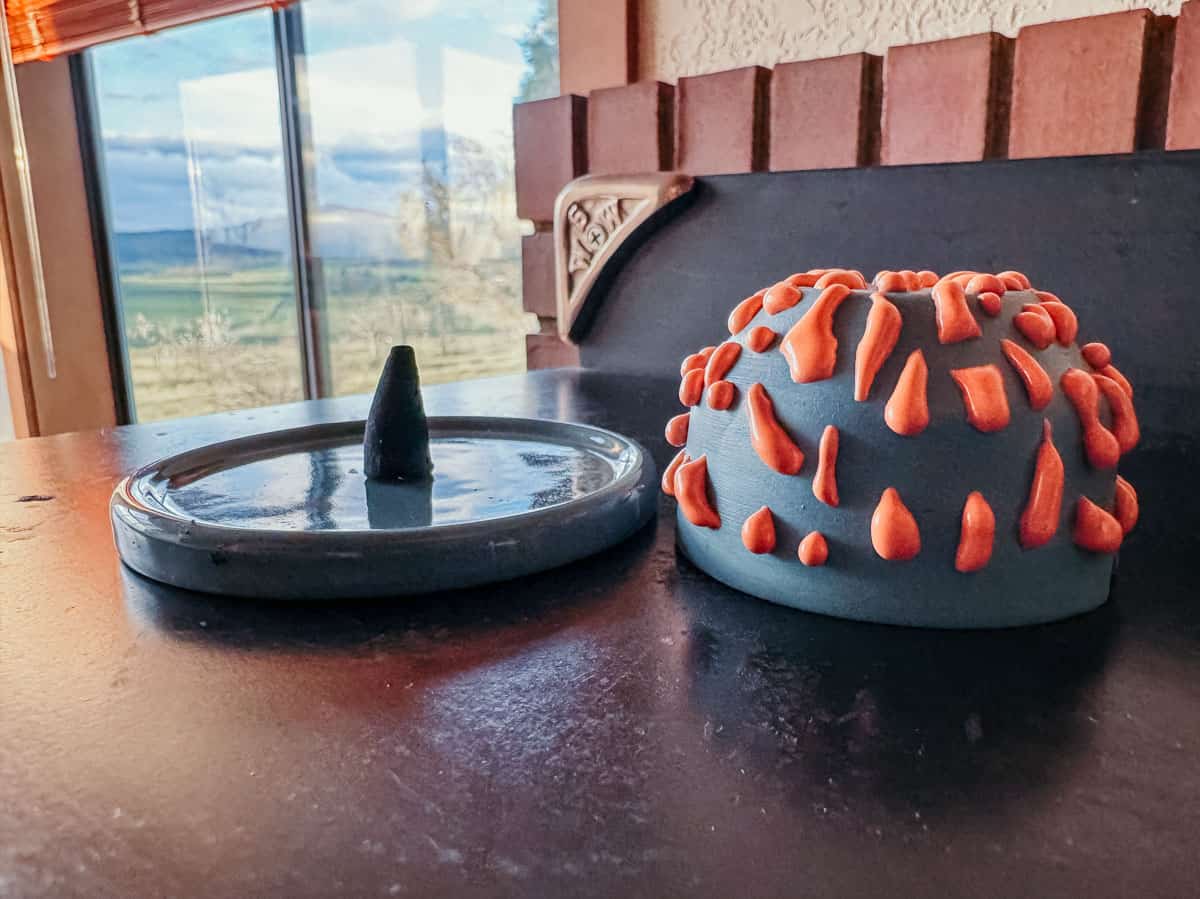
There's no better way to relax and reset than with incense. This gloopy incense burner adds an artistic element to any space that kids and adults will appreciate.
Pair it with an adult beverage on occasions where you're taking time away from the kids. You'll feel rejuvenated when you step back into action.
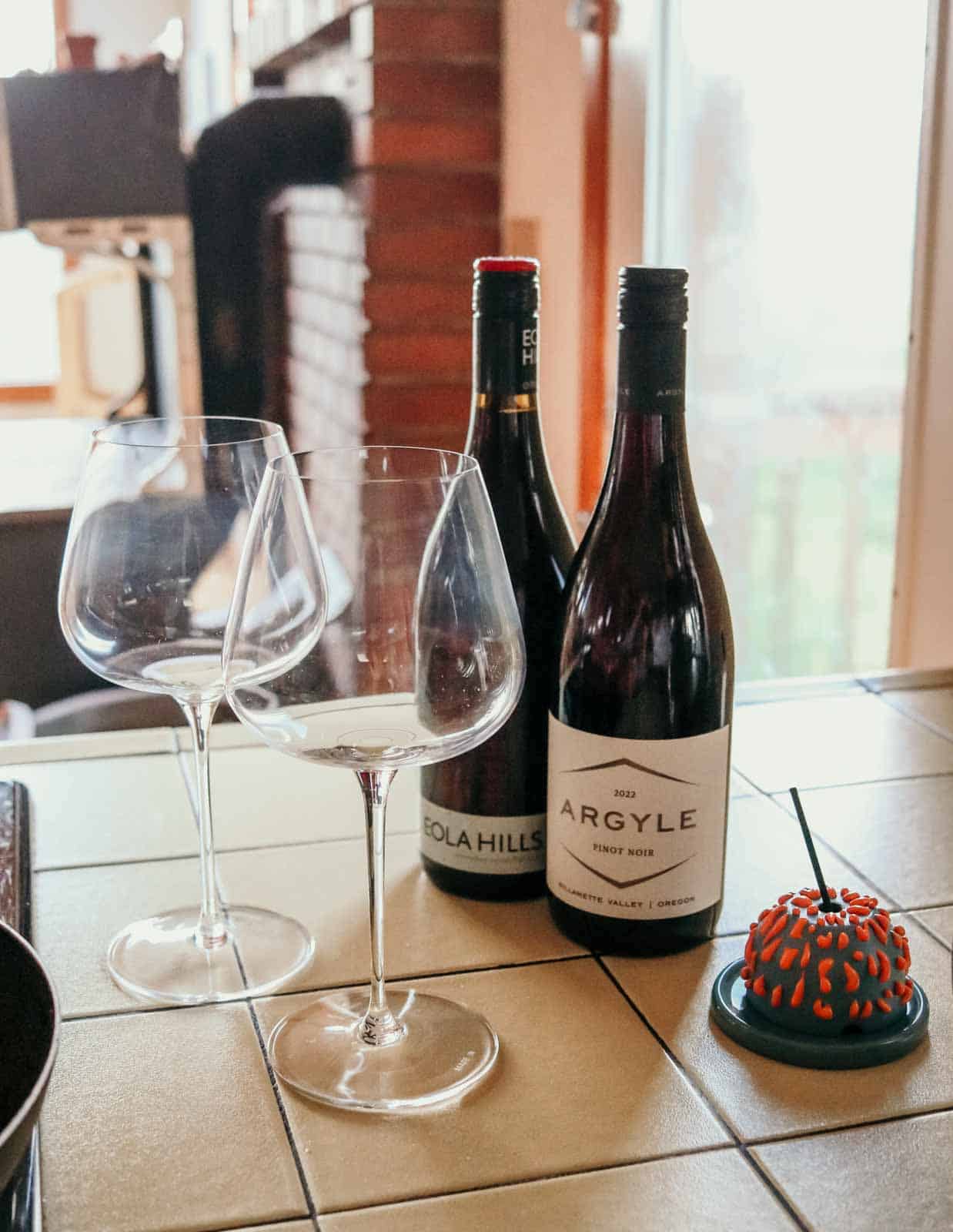
Montessori Homeschool Daily Rhythm Summary
A Homeschool Daily Rhythm should be just what it sounds like. A rhythm. There should be a balance between periods of energy and movement, periods of deep and focused work, and periods of rest. The child should have as much choice as possible in their daily rhythm by encouraging independence and establishing a prepared environment that is suitable for the children's growth and development. There should be opportunities to connect with nature through unstructured outdoor play or more focused lessons and activities.
Most of all, it should encourage participation in Practical Life activities that nurture important life skills. Developing these skills will nurture healthy routines through the busier times of your year.
This will allow everyone the ability to concentrate on other tasks when the time comes. No matter the season, this is a great foundation for developing your own unique homeschool rhythm.
We hope you found some helpful tips and inspiration in our Montessori Homeschool Daily Rhythm. If you've already started your school year, it may assist you in reflecting on what is or isn't working as you settle down into your own rhythm. If you haven't started yet, then this is a great tool for brainstorming how to begin your year.
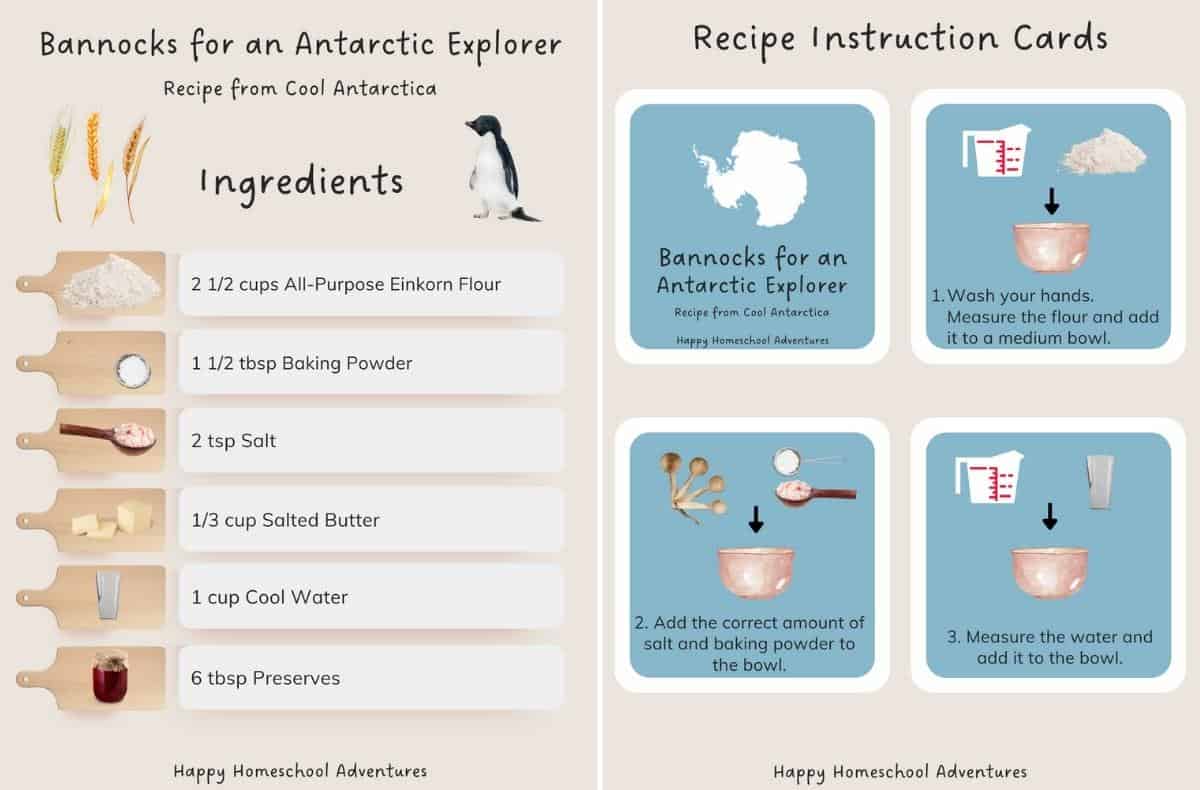
Free Bannocks Recipe for Pre-Readers and Up
Grab your free kid-friendly Bannocks Recipe printable above. Children can gather ingredients using the ingredient list, gather their equipment using the tools list, and prepare the meal using the step-by-step recipe cards, with assistance as needed.
The cards are easy to use, they include pictures, and they encourage confidence and independence in the kitchen.
More Montessori Back to School
Thanks for stopping by!
- Kristin

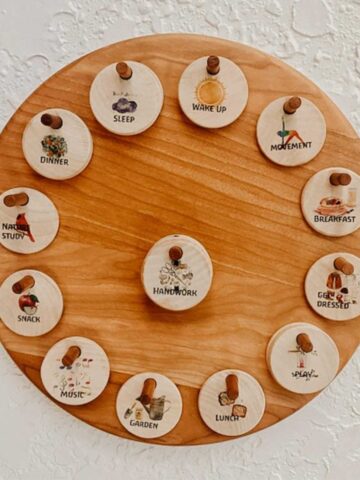
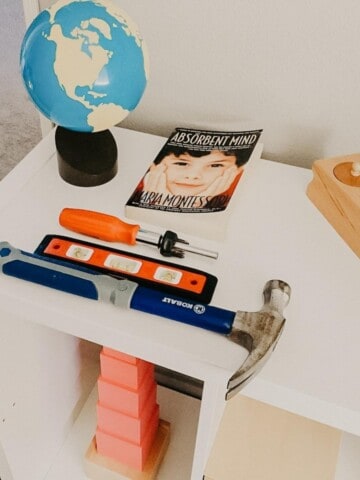
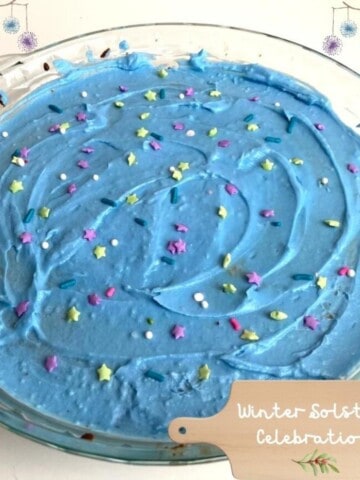
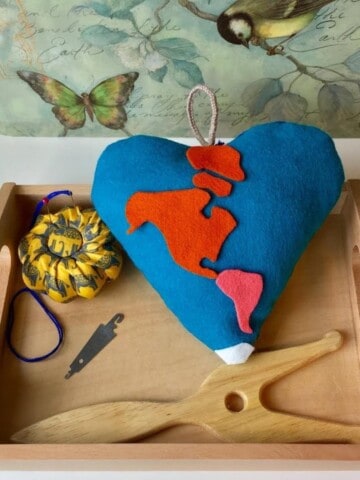
Leave a Reply